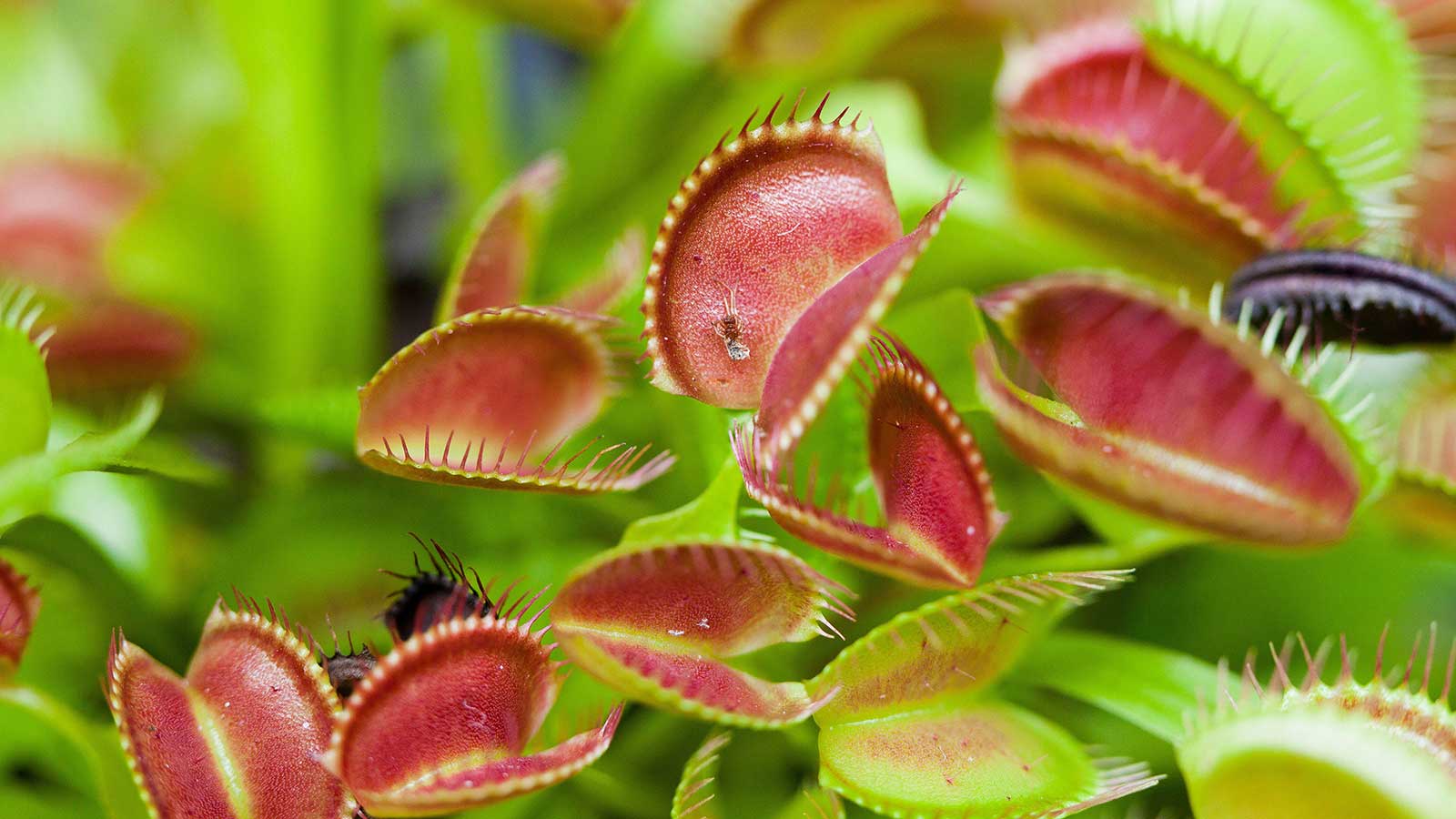
Peace lilies, pothos, and other popular indoor plants certainly have their place for brightening an interior scheme. But, if you fancy something a little more lively, a carnivorous plant may be the perfect addition to your collection.
While not always the easiest houseplants to look after, carnivorous plants are fascinating to watch as they trap and devour small insects. So, if you're up for the challenge, why not give some of these expert recommendations a go?
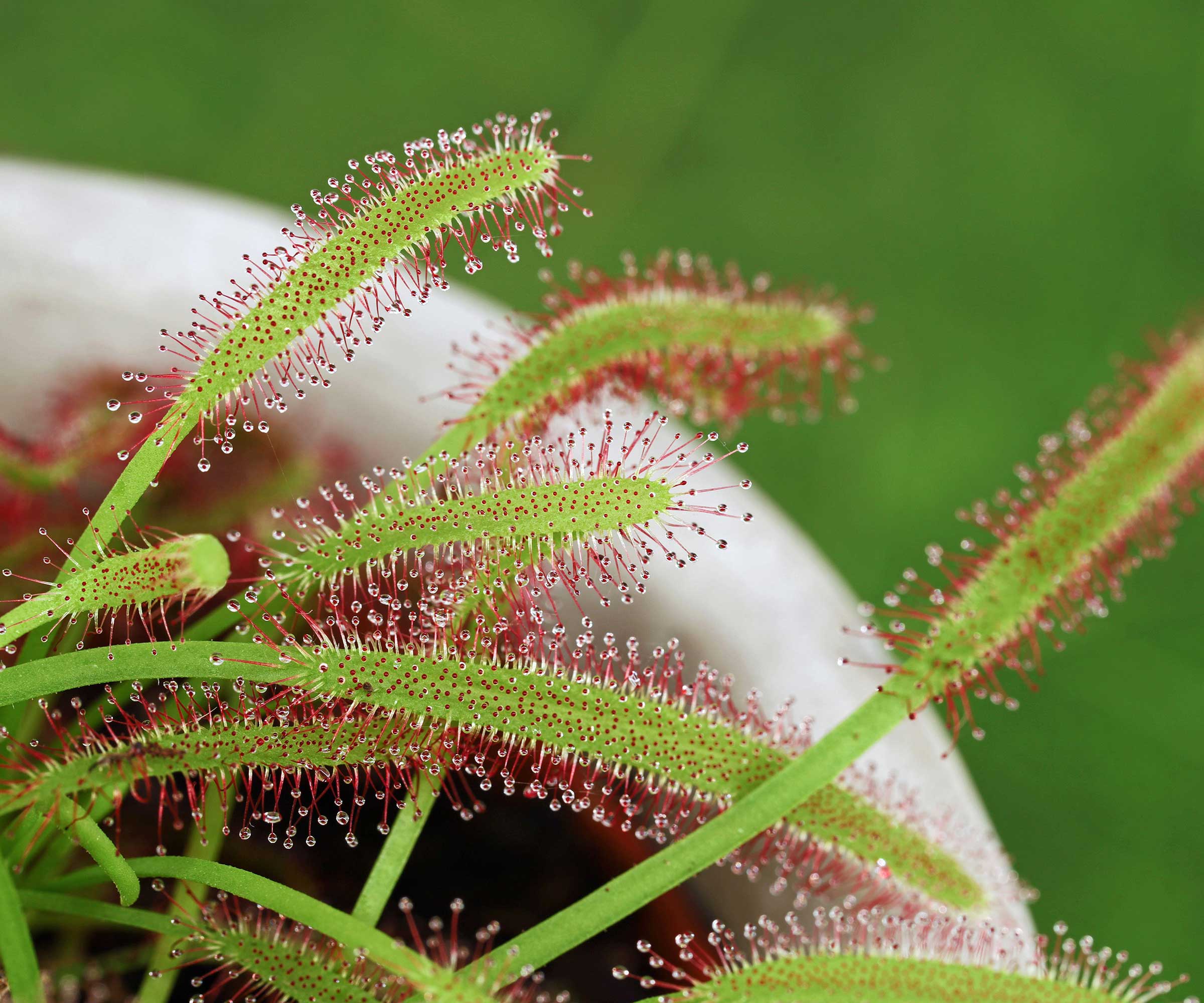
5 carnivorous plants to grow
Consider these interesting varieties for your home, from tall, trumpet-shaped plants to the classic Venus flytrap.
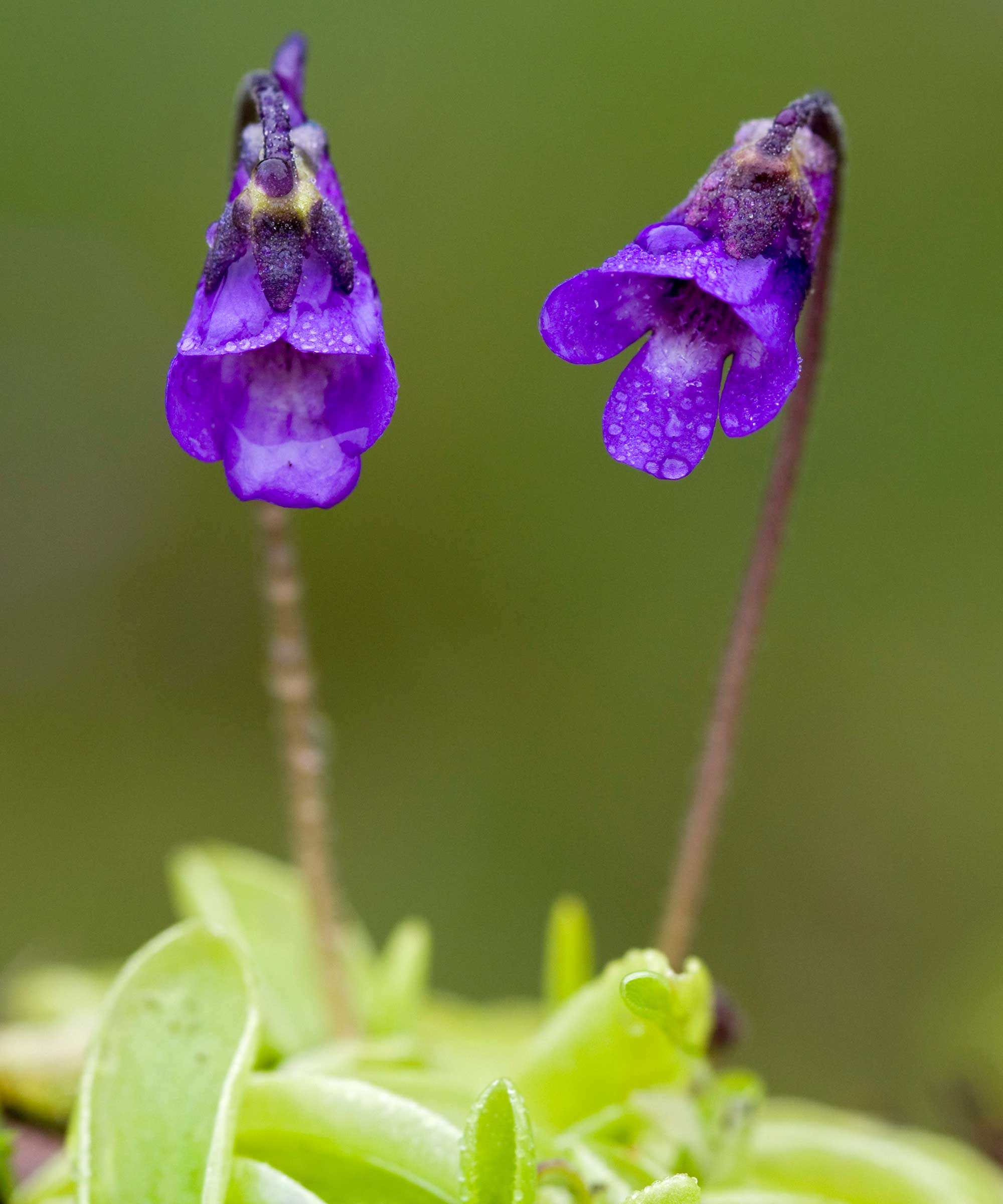
1. Venus flytrap
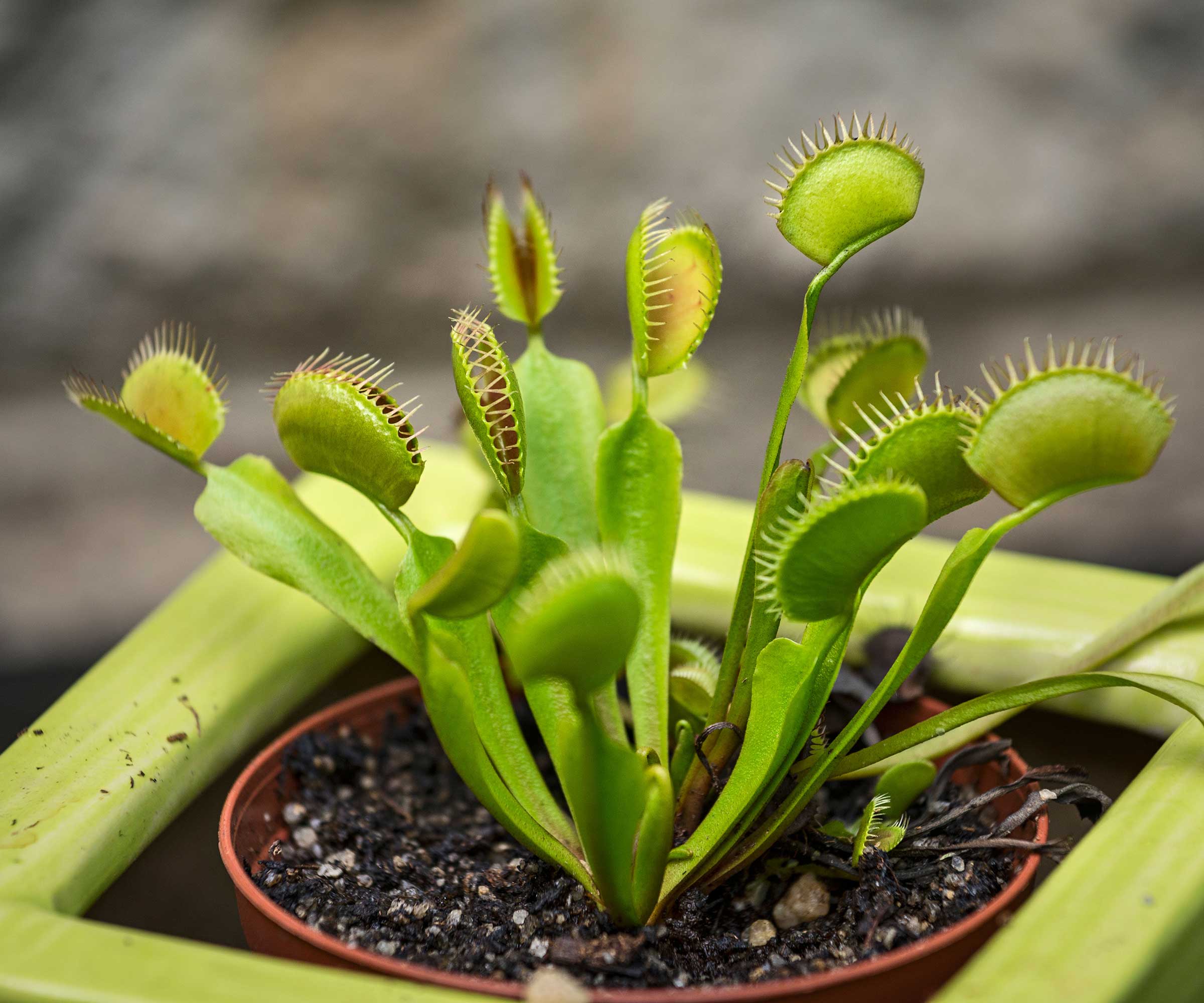
The Venus flytrap (Dionaea muscipula) is perhaps the best-known carnivorous plant with its snapping jaws – and is recommended by plant expert Kiersten Rankel of Gregarious, Inc. It should be grown in a bright and sunny spot, she says, adding that you should water it with distilled water to prevent mineral buildup.
'They are bog plants, so they need to be kept moist,' says plant experts Laurelynn and Byron Martin. They go into dormancy over the winter. 'At this time of year, it is better to keep them in a cool spot,' they add.
They thrive in humid conditions, so a mister, such as this pretty glass design from Terrain, will come in handy. And if you fancy expanding your collection, Venus flytraps can be propagated via division in a few simple steps.
Top tip: The traps turn black after catching an insect, but new ones will readily replace them, Kiersten says. 'Avoid closing the traps when not feeding, as it will weaken the plant,' adds Paris Lalicata of The Sill.
2. Butterwort
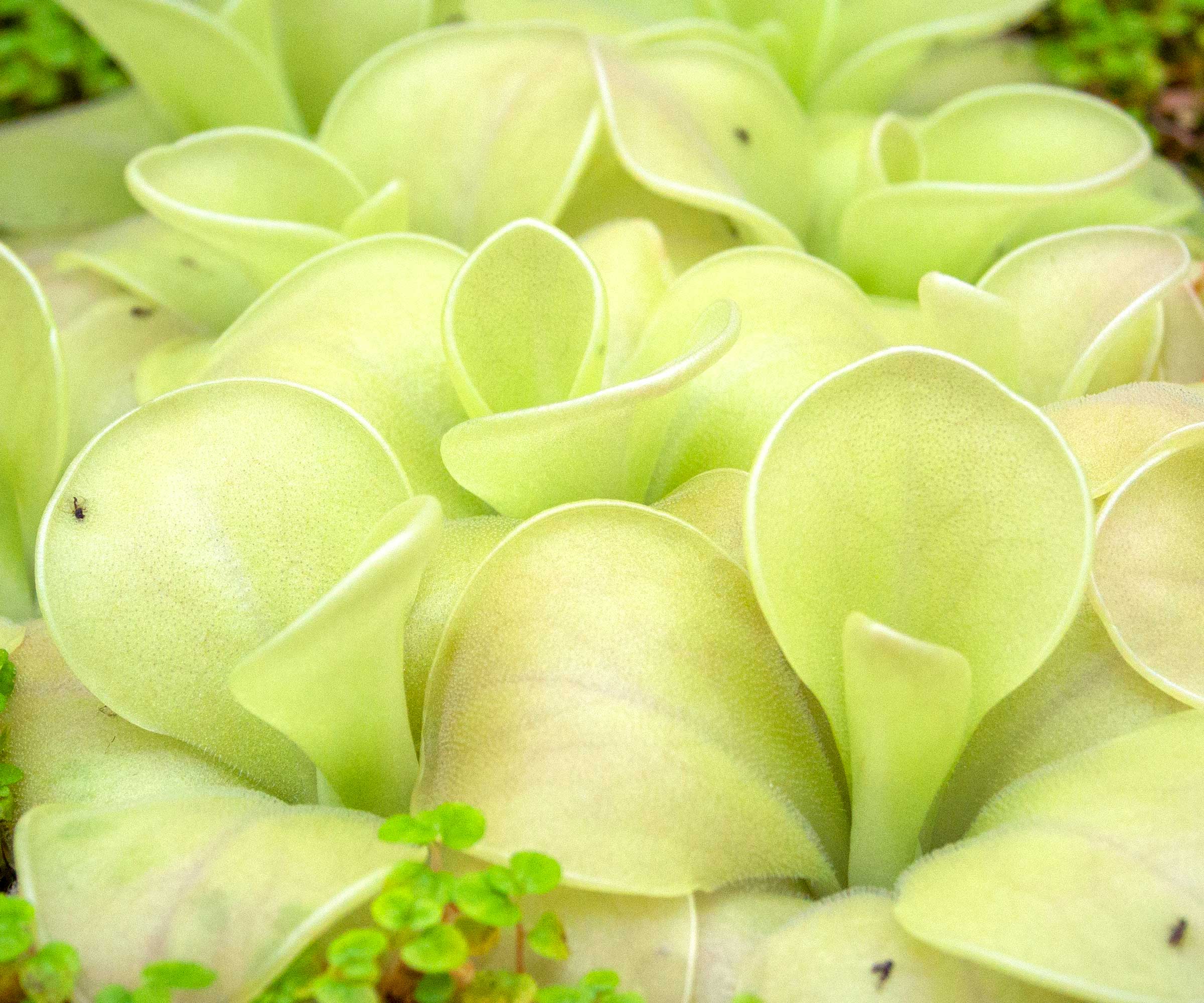
Kiersten also recommends butterworts (Pinguicula), which have 'low-growing rosettes with sticky insect-trapping leaves and pretty purple flowers'.
They thrive in terrariums, she adds, although she keeps hers in a bowl of water which she fills weekly.
There are many different varieties, including tropical plants such as P. gigantea and temperate ones such as P. grandiflora. Most of them, however, will do best in moist soil, with high humidity and bright, indirect light. Many varieties can be propagated from leaf cuttings.
3. Trumpet pitcher plant
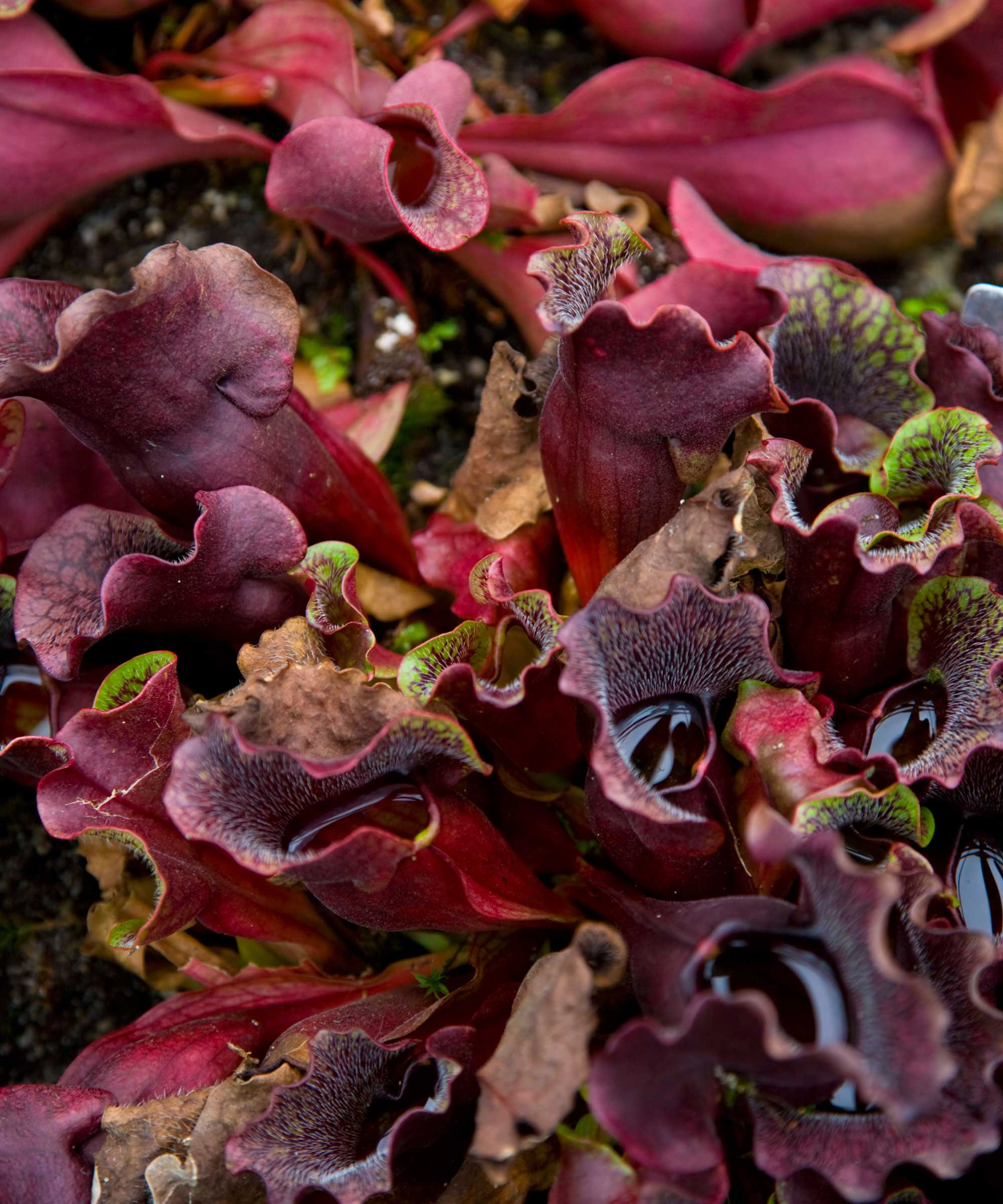
There are many types of trumpet pitcher plants available, including Sarracenia purpurea, which has an attractive, ruffled appearance. The insects crawl inside the tube-like traps where they are dissolved by the plant's exudates, explain Laurelynn and Byron Martin.
Usually, these plants are grown in full sun and have brilliant coloring, the experts continue. They generally grow theirs in sphagnum moss, in containers with drainage, and advise against allowing them to get too dry.
The plants are very sensitive to impurities in the water and excessive fertilizer. 'Older plants will produce interesting flowers in the summertime when they're growing vigorously,' they add.
Trumpet pitcher plants can also be grown outdoors in USDA hardiness zones 3-9, and are well suited to bog gardens.
4. Sundew
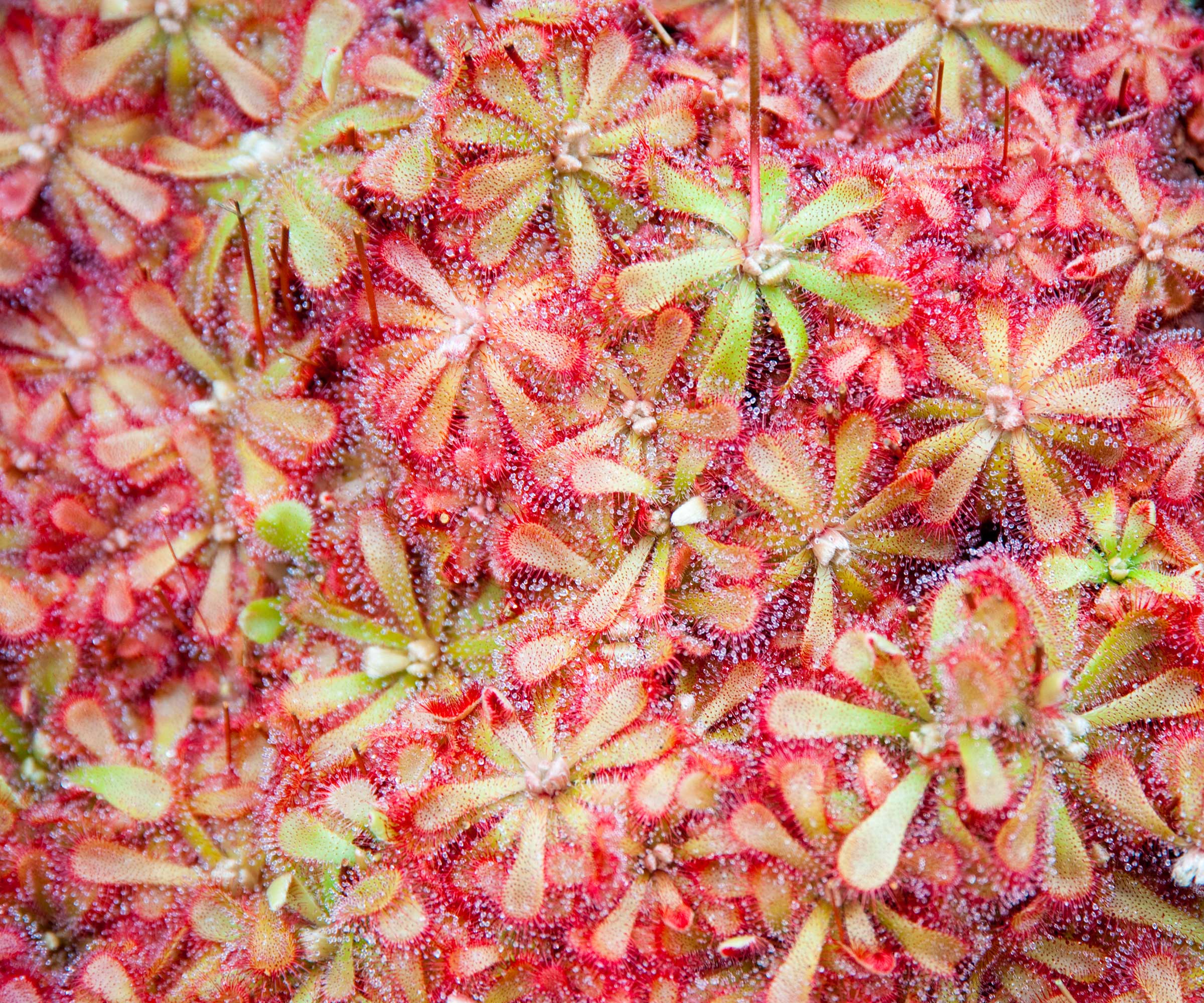
'Sundews are beautiful carnivorous plants with bright, sticky tentacles covering the upper surfaces of the foliage, which are used to capture their prey,' says Paris Lalicata. They are perfect for terrariums, she adds.
They do best with full sun in a south or west window – 'but a grow light can also work if you don’t have natural lighting,' she continues. 'Try to keep the soil evenly moist.'
Using distilled or harvested rainwater on these plants is best.
5. Tropical pitcher plant
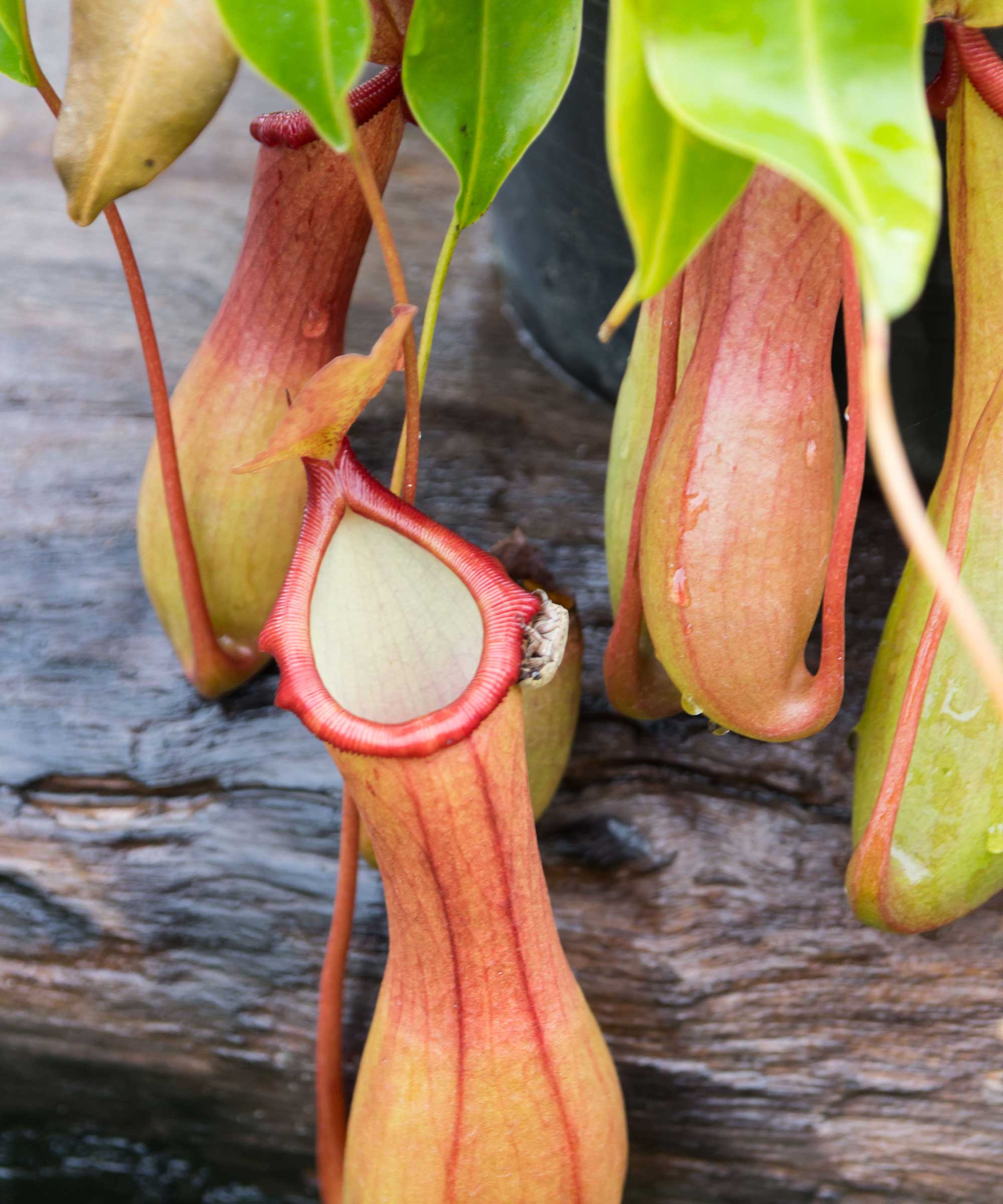
While trumpet pitcher plants, mentioned above, are native to North America, the tropical varieties (Nepenthes) hail mostly from Southeast Asia. They too have tubular traps, but these tend to hang from the plants, which are mostly epiphytes. Because of this, they make excellent choices for an indoor hanging basket.
Though they are quite easy to grow, some varieties form pitchers freer than others, shares Laurelynn and Byron Martin. 'Alata' and 'St. Gaya' do well in homes, as long as the humidity is about 50%, they advise.
'We grow them in a light, open potting mix – often sphagnum moss (sustainably harvested, of course),' they say. Their growth can spread as they get older, the experts continue, but you can prune them if necessary.
Most species require warm conditions and bright light with protection from direct sun.
FAQs
Do you need to feed carnivorous plants?
'Note that carnivorous plants are adapted to nutrient-poor environments, and they get their nutrients from the insects they capture,' says Juan Palacio of BloomsyBox. In fact, fertilizing them can be harmful, he adds.
However, if your plant isn't getting enough insects during the growing season, you may need to give it a helping hand by feeding it live bugs or dried mealworms.
What are some common problems when growing carnivorous plants?
It may come as a surprise, but some houseplant pests can affect carnivorous plants, such as aphids. You can try eradicating them with neem oil.
To elevate your indoor display even further, consider complementing your carnivorous plants with a few blooming varieties. There are some plants that can flower all year round, including bromeliads and anthurium, which will bring extra color and intrigue to your collection.







